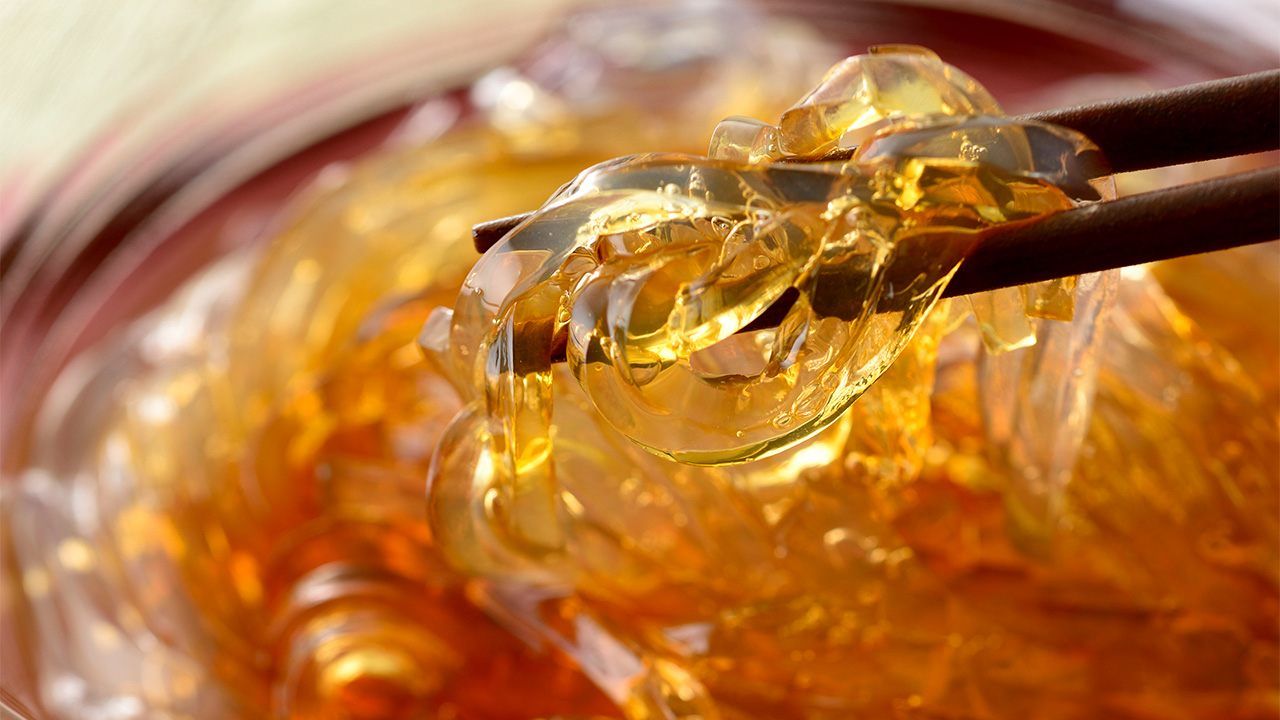
A Journey Through Japanese Haiku
A Cool Summer Treat
Culture Environment Lifestyle- English
- 日本語
- 简体字
- 繁體字
- Français
- Español
- العربية
- Русский
清滝の水くませてやところてん 芭蕉
Kiyotaki no / mizu kumasete ya / tokoroten
Pure water scooped
from Kiyotaki—
jelly noodles(Poem by Bashō, written in 1694.)
In the summer of 1694, Bashō was staying in the Rakushisha hermitage in the Sagano district of western Kyoto. There he visited a young literary samurai named Yamei who was living nearby and was treated to tokoroten. This is a treat made by simmering a type of seaweed called tengusa to extract agar, which is then cooled with water and hardened into a jelly-like substance before being cut into noodle shapes. Flavored with soy sauce and vinegar, tokoroten is an ideal snack to enjoy during the heat of summer.
Kiyotaki River conveys a sense of refreshment in the meaning of its name, “pure torrent.” It is some distance away from Sagano, beyond a mountain pass. The idea that someone would go such a long way just to scoop up its waters is absurd, but the tokoroten must have been so deliciously cool as to make it seem to be the case. Bashō’s exaggerated gratitude to Yamei is fueled by his imagination.
Kiyotaki is also known for appearing in a poem included in the thirteenth-century anthology Shin Kokin Wakashū, by Saigyō, a writer much respected by Bashō: Furitsumishi / takane no miyuki /toke ni keri / Kiyotakigawa no / mizu no shiranami (Piled up snow / melts on the / towering peak— / the white waves of / Kiyotaki River). Yamei must have caught Bashō’s reference here. It is the haikai spirit infusing haiku that matches Saigyō’s powerful image with a familiar item of food. What truly cool and clear tokoroten Bashō was served!
(Originally published in Japanese. Banner photo © Pixta.)